Kyoto: Where Ancient Temples Meet Japan's Living Traditions
- Art tradition culture , Kyoto , Travel guide , Destinations
- 22 Aug, 2025
Nestled in the heart of Japan’s Kansai region, Kyoto stands as a living museum of Japanese culture and history. As Japan’s former imperial capital for over 1,000 years, this enchanting city offers visitors a glimpse into traditional Japan while still embracing modern conveniences. Whether you’re a history enthusiast, a food lover, or simply seeking authentic cultural experiences, Kyoto delivers unforgettable moments at every turn.
Kyoto offers visitors more than 1,600 Buddhist temples, 400 Shinto shrines, and 17 UNESCO World Heritage sites. Yet beyond these impressive numbers, it’s the living traditions, the attention to detail, and the reverence for beauty that make this city a must-visit destination for anyone interested in experiencing the soul of Japan.
Must-Visit Temples and Shrines in Kyoto
Fushimi Inari Shrine
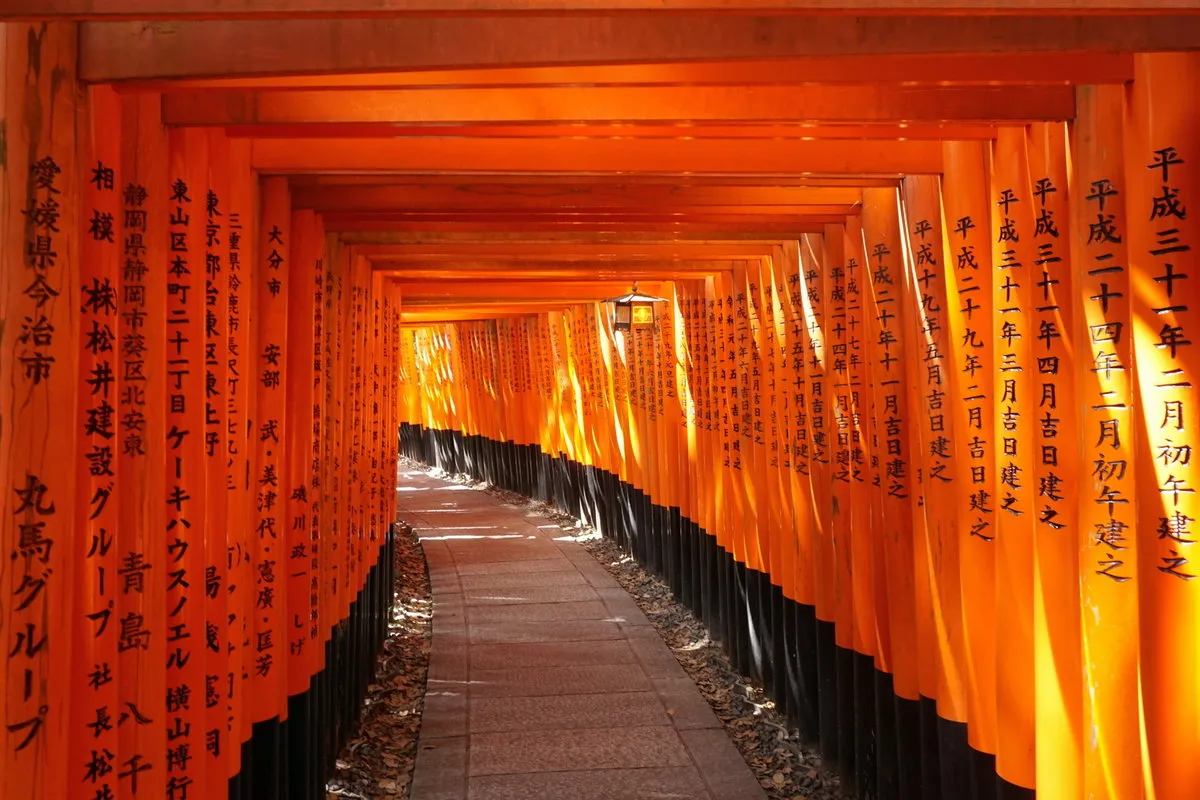
Famous for its thousands of vermilion torii gates winding up Mount Inari, this shrine dedicated to the Shinto god of rice and prosperity offers a mystical experience. Pro tip: arrive early in the morning or visit in the evening to avoid crowds and experience the magical atmosphere as sunlight filters through the gates.
Kinkaku-ji (Golden Pavilion)
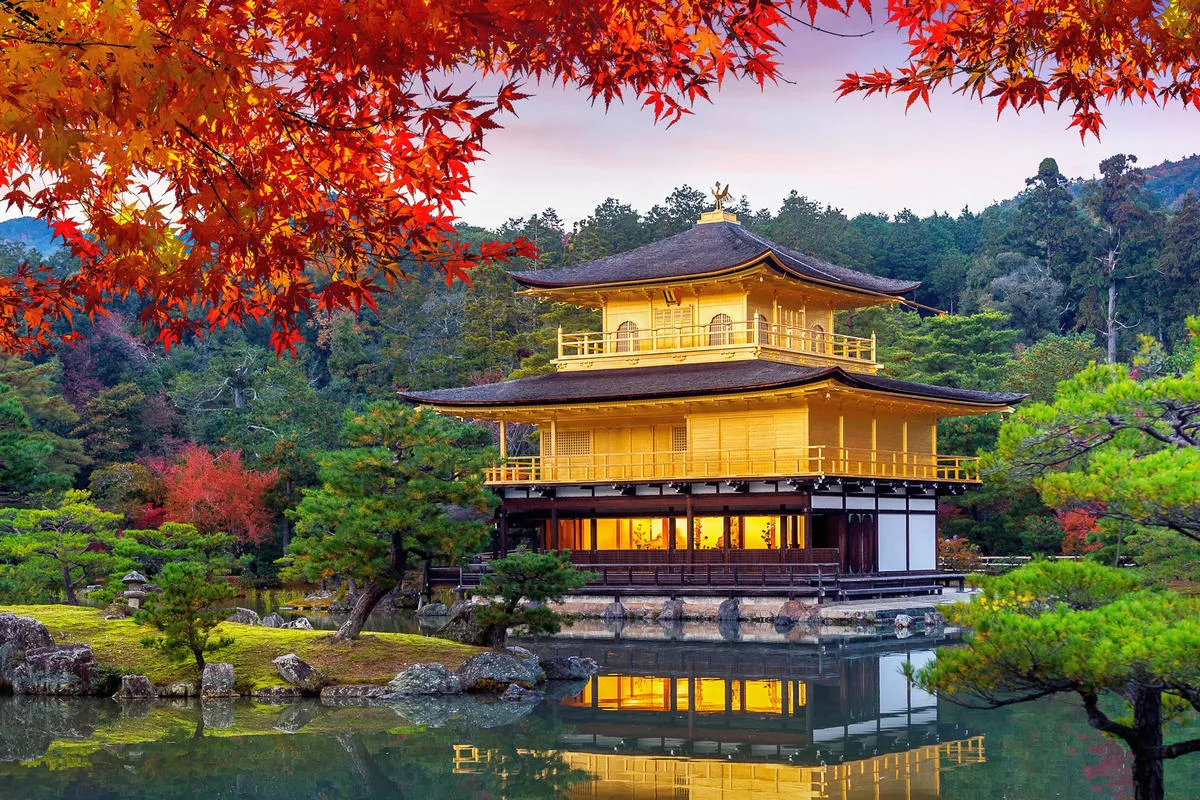
This three-story gold leaf-covered temple sits majestically beside a reflective pond. Originally built in 1397 as a retirement villa for Shogun Ashikaga Yoshimitsu, it was later converted into a Zen temple. The stunning golden reflection on the water makes it one of Japan’s most photographed landmarks.
Kiyomizu-dera Temple
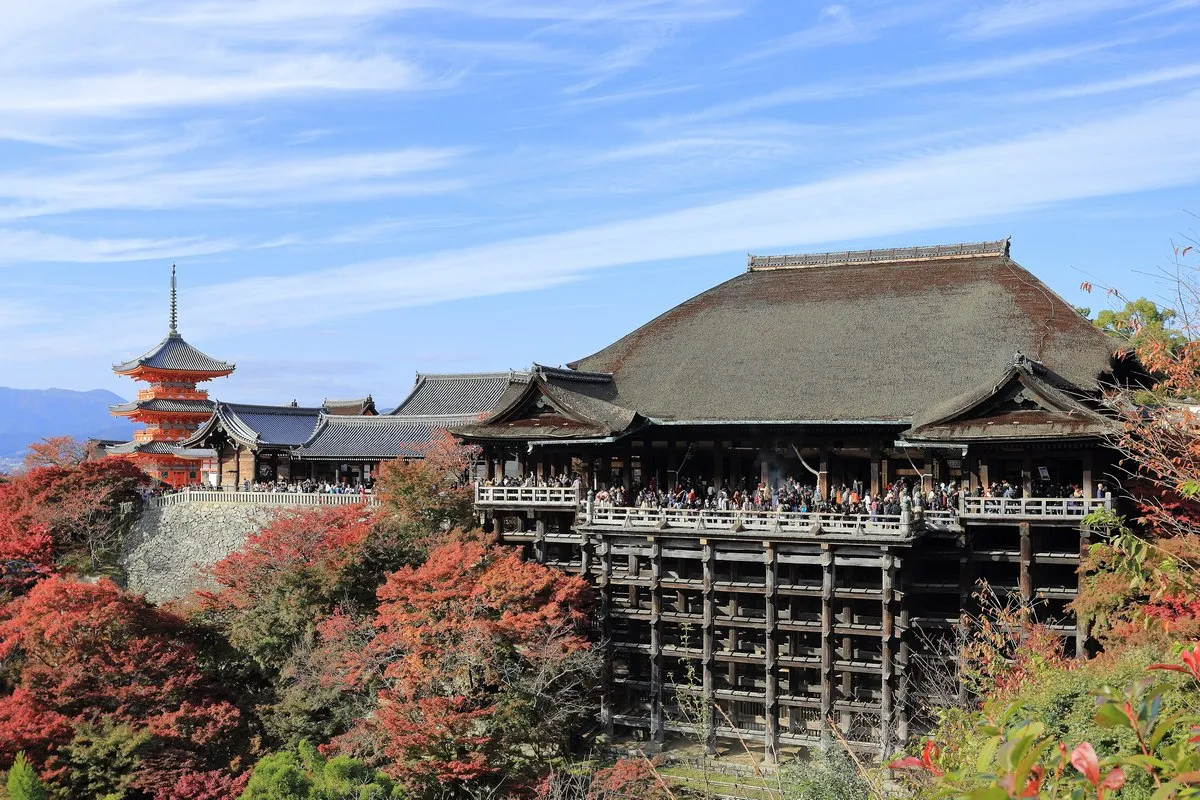
Perched on the hillside of eastern Kyoto, this wooden temple offers panoramic views of the city. Its wooden stage extends from the main hall, supported by hundreds of pillars. Visit during cherry blossom season (late March to early April) or autumn foliage (November) for breathtaking scenery.
Ryoan-ji Temple
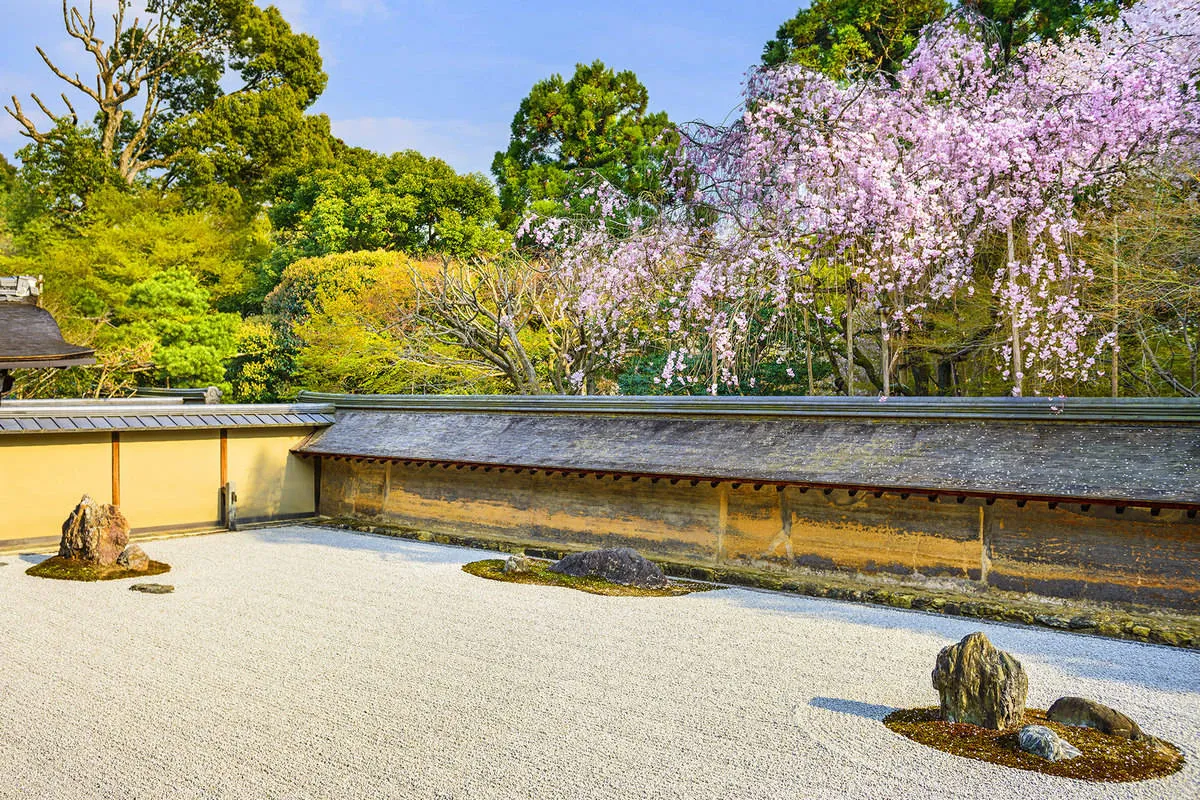
Home to Japan’s most famous rock garden, this Zen temple invites contemplation. Fifteen carefully placed rocks sit among meticulously raked white gravel, creating a minimalist masterpiece that has puzzled and inspired visitors for centuries.
Traditional Cultural Districts
Gion District
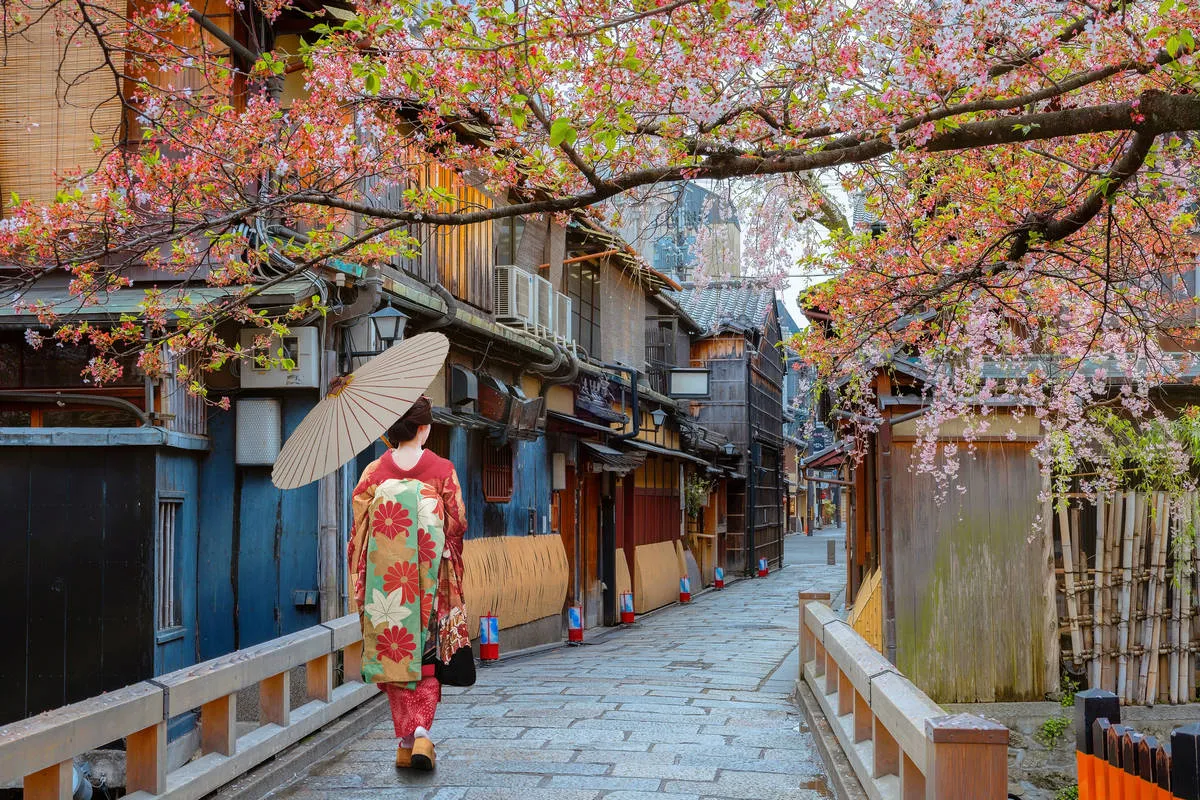
The historic geisha district offers a glimpse into old Kyoto. Stroll along Hanamikoji Street in the evening for a chance to spot geiko (Kyoto’s geisha) and maiko (apprentice geisha) hurrying between appointments. The preserved wooden machiya townhouses transport you back in time.
Arashiyama
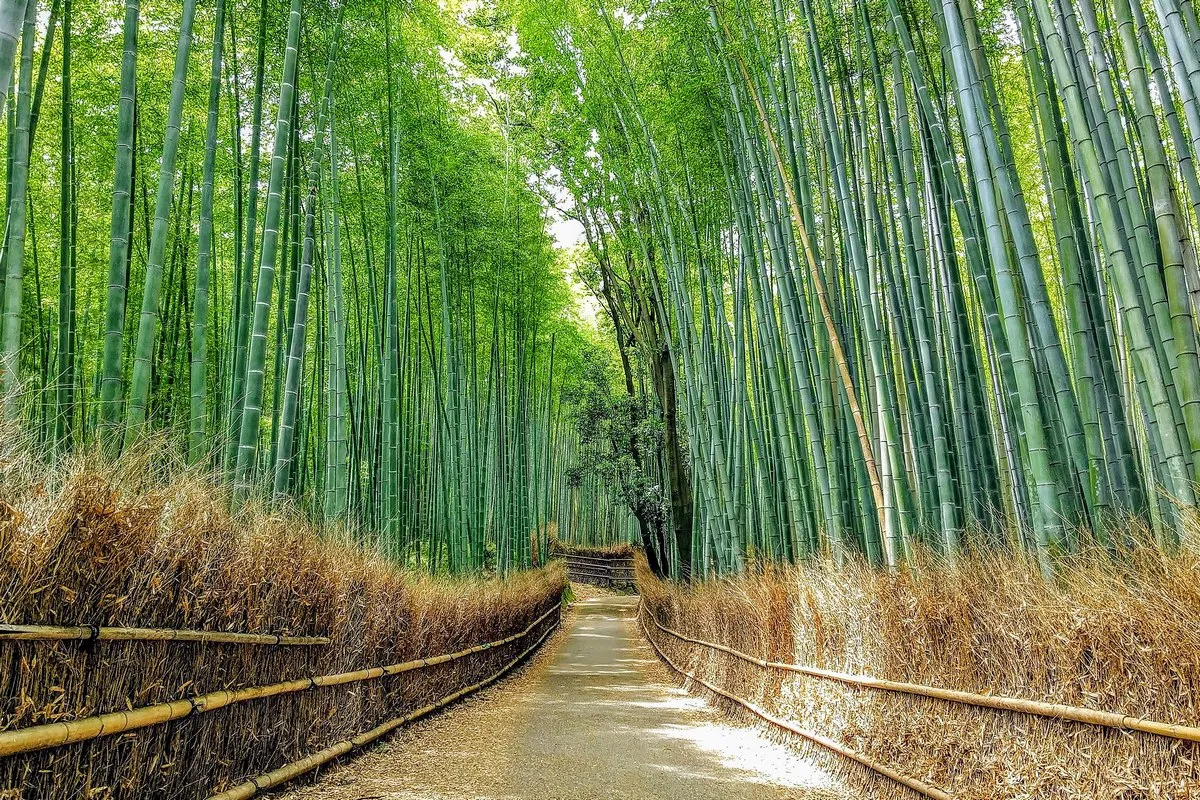
On the western outskirts of Kyoto, this district is famous for its bamboo grove, which creates a natural cathedral of towering green stalks. Nearby Tenryu-ji Temple showcases one of Japan’s finest Zen gardens. The area also features the scenic Togetsukyo Bridge spanning the Katsura River.
Higashiyama District
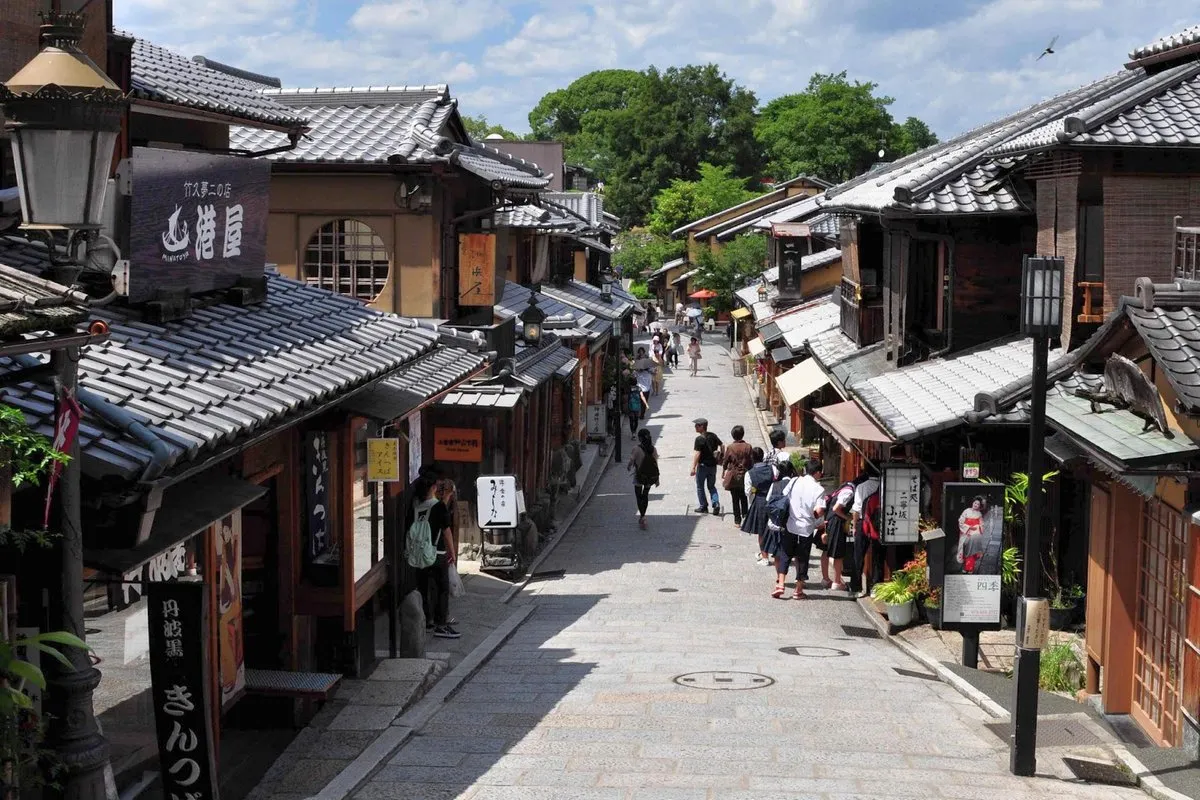
One of Kyoto’s best-preserved historic districts, Higashiyama features narrow lanes, wooden buildings, and traditional shops selling local crafts and snacks. The pathway from Kiyomizu-dera to Yasaka Shrine (known as the Philosopher’s Path) is particularly charming.
Kyoto’s Culinary Delights
Kyō-ryōri (Kyoto Cuisine)
Kyoto’s refined cuisine emphasizes seasonal ingredients, subtle flavors, and beautiful presentation. Key dining experiences include:
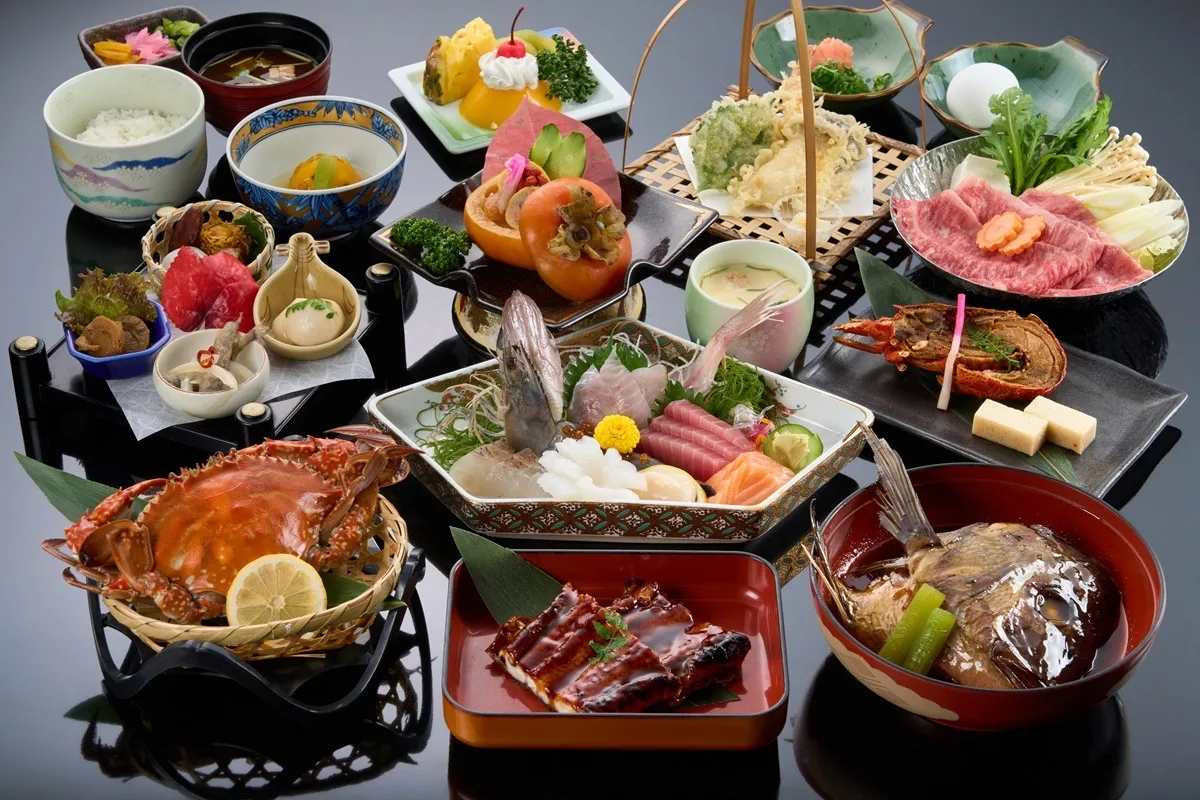
Kaiseki: Multi-course dinner showcasing seasonal ingredients with meticulous preparation and presentation
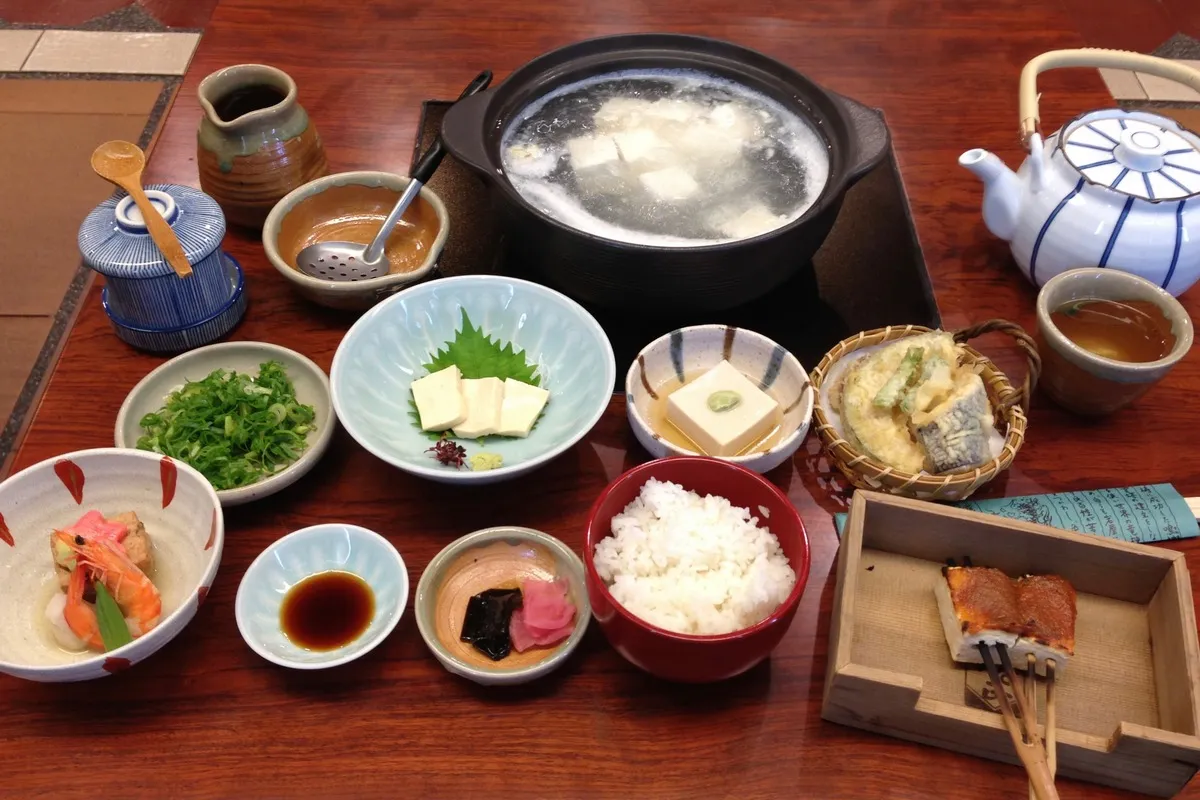
Yudofu: Tofu hot pot, a Kyoto specialty particularly popular around temple areas
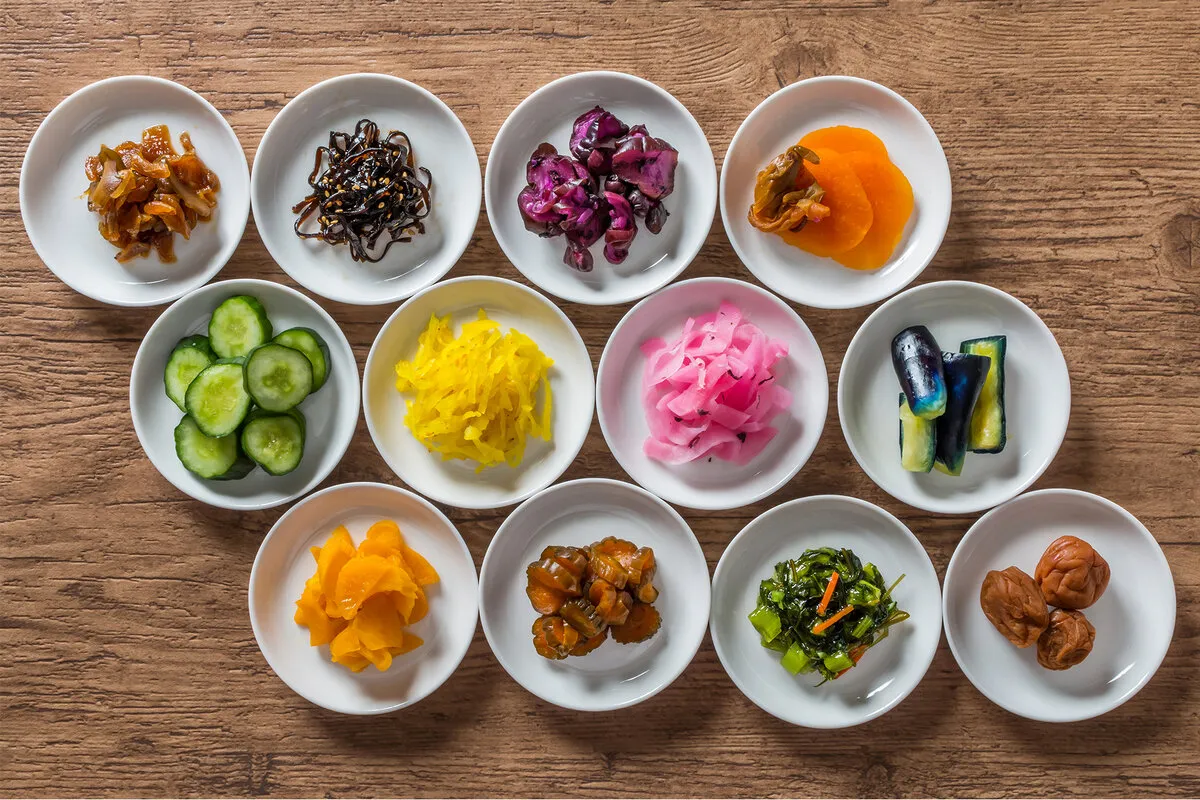
Tsukemono: Pickled vegetables that accompany many traditional meals
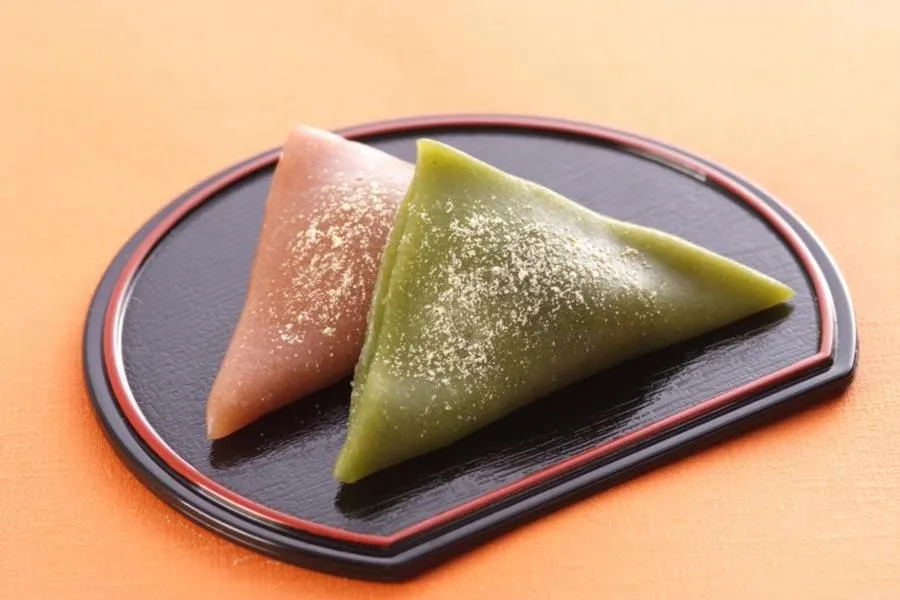
Yatsuhashi: Cinnamon-flavored mochi confections, Kyoto’s most famous sweet
Food Markets and Streets
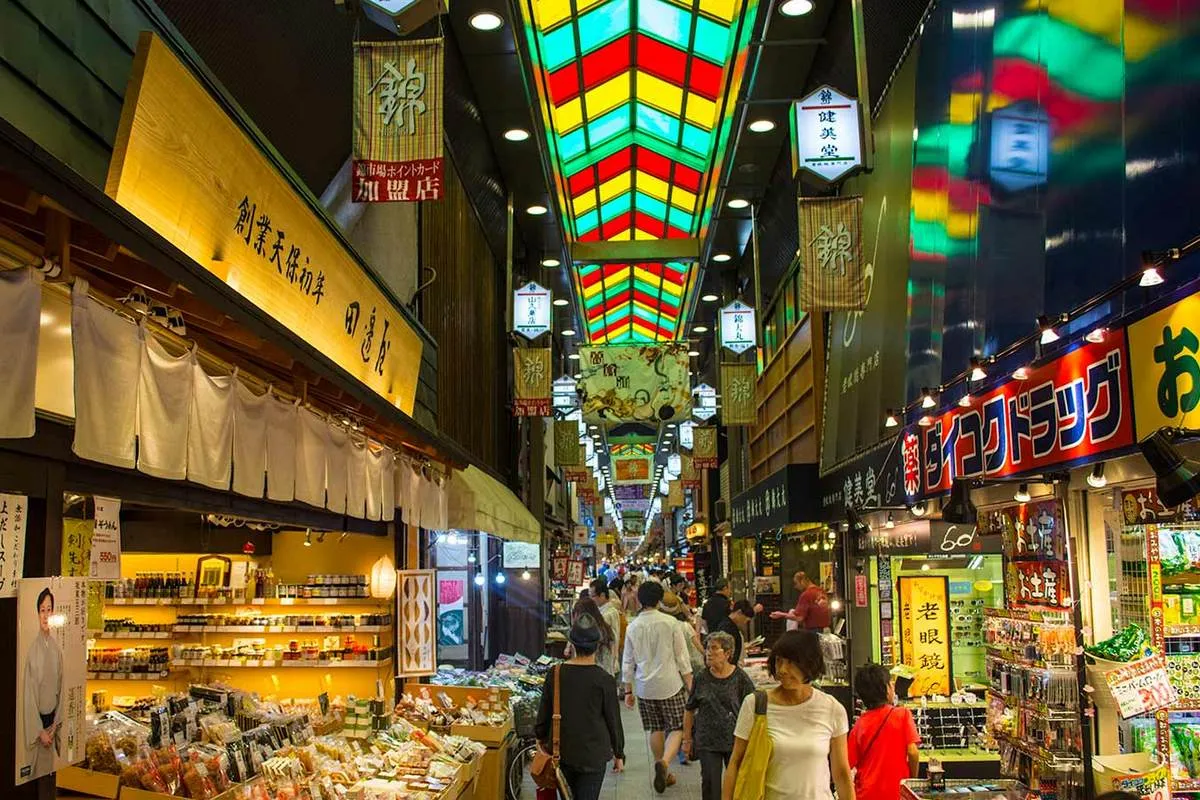
Nishiki Market: Known as “Kyoto’s Kitchen,” this covered shopping street stretches for five blocks with over 100 shops and stalls selling fresh produce, seafood, pickles, sweets, and kitchenware
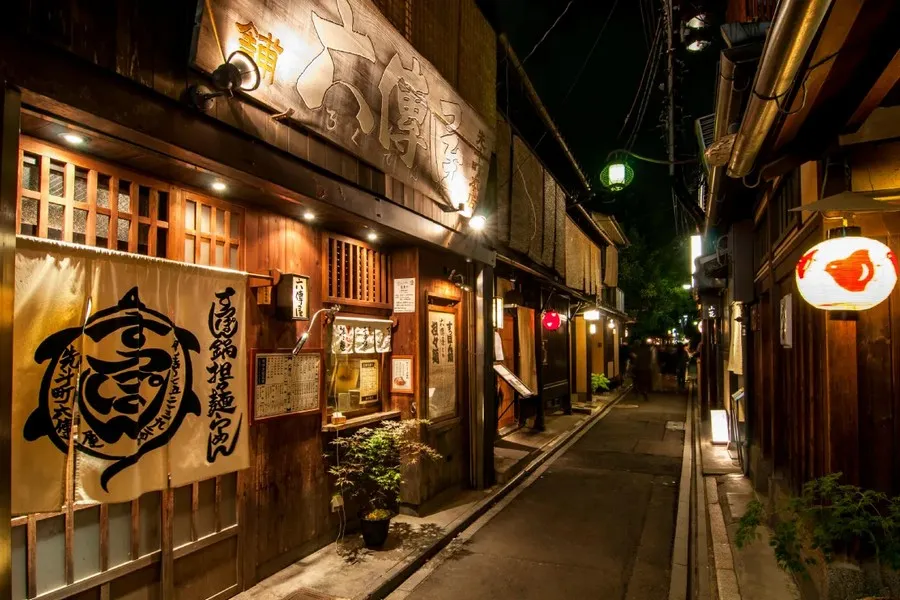
Pontocho Alley: A narrow laneway lined with restaurants and traditional tea houses, many offering outdoor dining platforms (kawayuka) overlooking the Kamogawa River during summer months
Traditional Arts and Crafts
Tea Ceremony
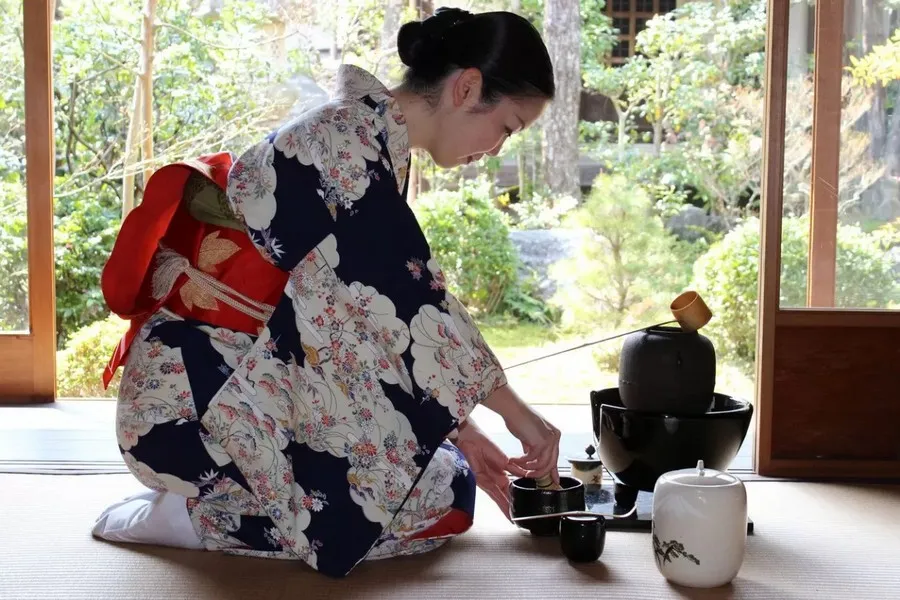
Experience the art of Japanese tea preparation at places like the Urasenke Tea House. This centuries-old ritual embodies harmony, respect, purity, and tranquility—core values of Japanese culture.
Kimono Experience
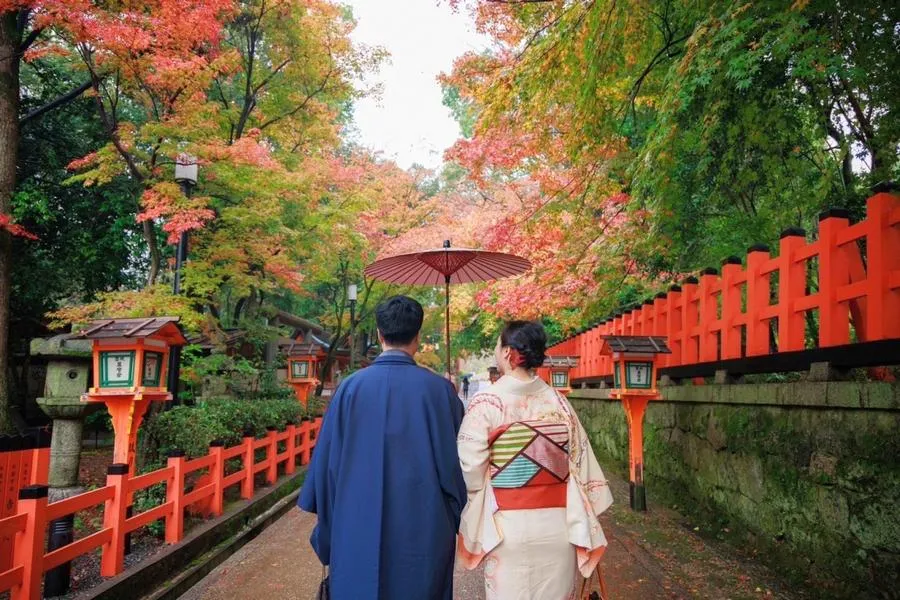
Rent a kimono and stroll through historic districts for an immersive cultural experience. Many rental shops offer full styling services, helping visitors select and properly wear these traditional garments.
Traditional Crafts
Kyoto is renowned for its traditional crafts, including:
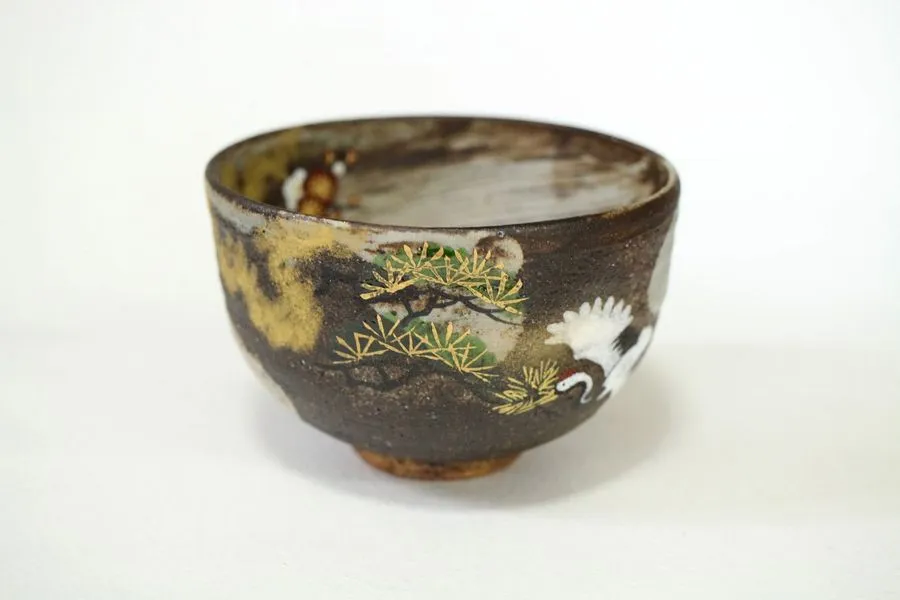
Kiyomizu pottery: Distinctive ceramics
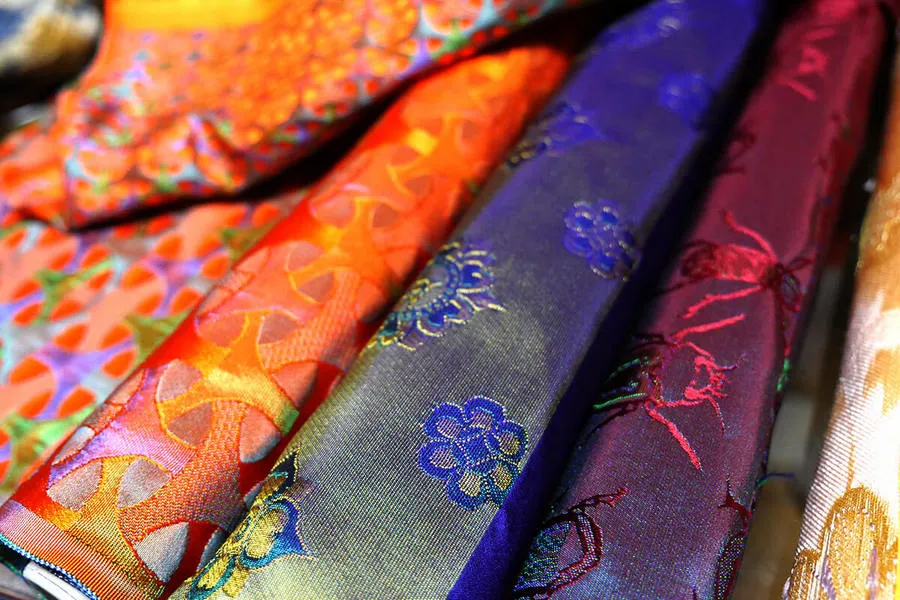
Nishijin textiles: Elaborately woven fabrics used for high-quality kimonos
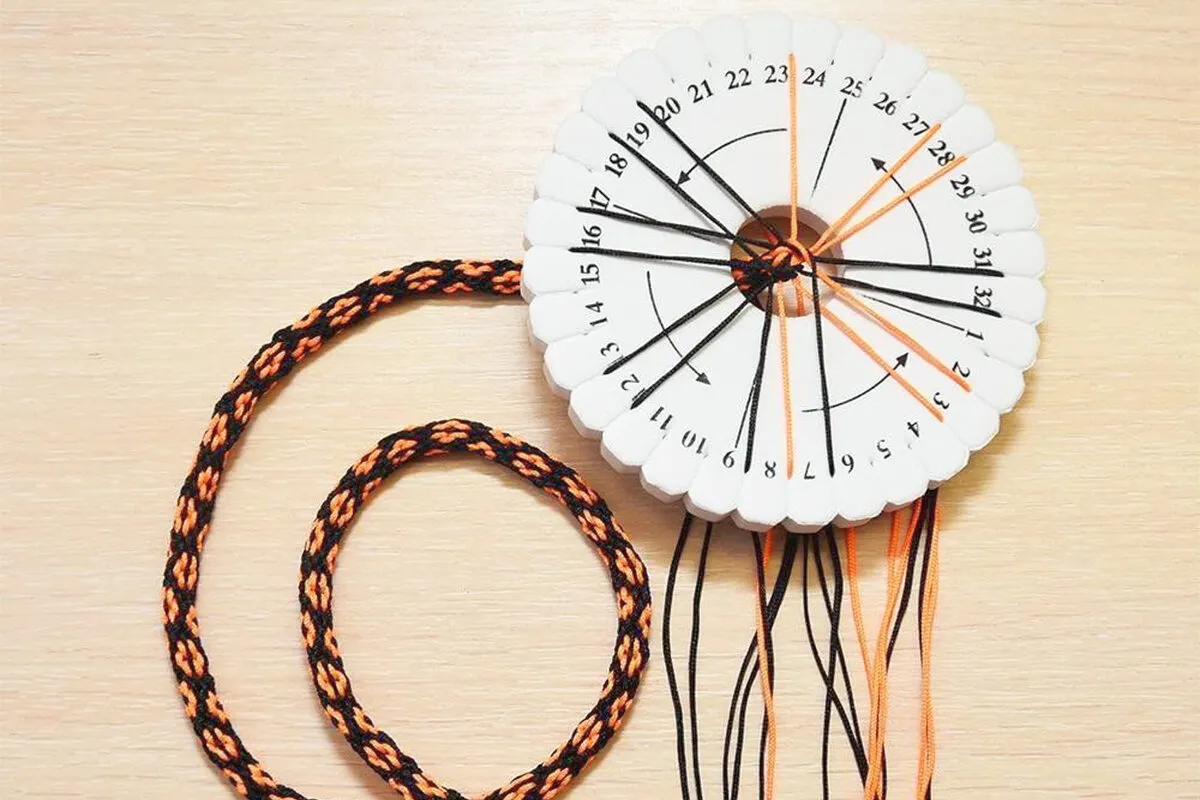
Kumihimo: Intricate braided cords used for kimono accessories
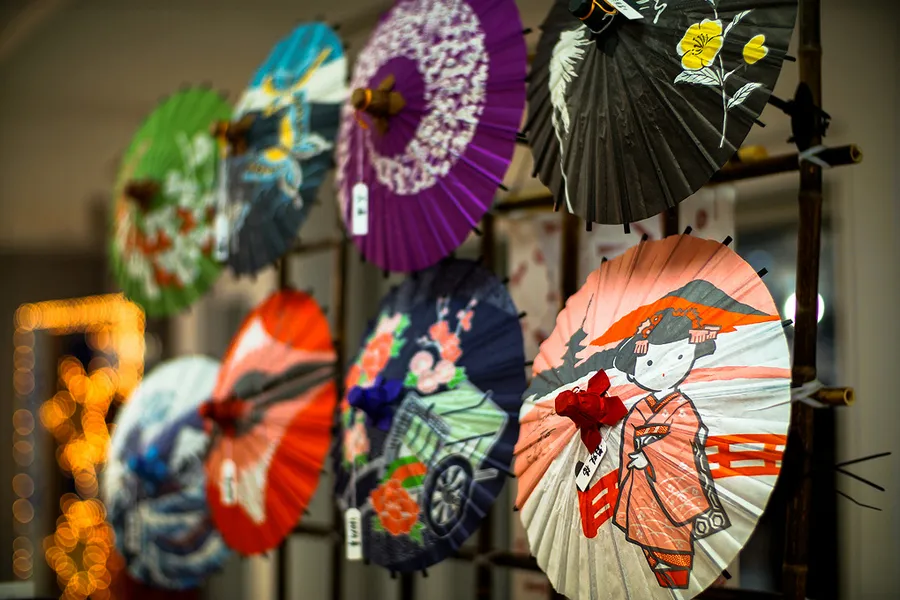
Wagasa: Traditional oil-paper umbrellas handcrafted by artisans
Best Times to Visit Kyoto
- Spring (March-May): Cherry blossom season transforms the city with pink blooms
- Autumn (October-November): Vibrant fall foliage creates stunning landscapes
- July: Experience the Gion Matsuri, one of Japan’s most famous festivals
- December-February: Fewer tourists and occasional snow create magical winter scenes
Practical Travel Tips
- Purchase a day bus pass for convenient transportation around major attractions
- Consider staying in a ryokan (traditional Japanese inn) for an authentic experience
- Visit popular temples early in the morning or near closing time to avoid crowds
- Respect local customs when visiting religious sites, including appropriate dress and behavior
I’ll expand on each item in the “Practical Travel Tips” section with more detailed and useful information:
Practical Travel Tips (Expanded)
Transportation Options
Day Bus Pass
- Purchase a Kyoto City Bus One-Day Pass for around 600 yen at tourist information centers, bus terminals, or from bus drivers
- The pass provides unlimited rides on Kyoto City Buses and Kyoto Bus services within the city for one day
- Major bus routes include #100 and #101, which circulate between most popular tourist sites
- Download the Kyoto City Bus app which offers real-time information and route planning in English
- Buses display and announce stops in both Japanese and English
Accommodation Experiences
Ryokan (Traditional Japanese Inn)
- Prices typically range from 15,000-50,000 yen per person per night, including dinner and breakfast
- Popular ryokan districts include Higashiyama and Arashiyama
- Most require advance booking, especially during peak seasons (cherry blossom and fall foliage)
- Expect traditional elements like tatami mat floors, futon bedding, kaiseki meals, and communal baths
- Some recommended ryokan include Tawaraya, Hiiragiya, and Shiraume for luxury options, or Ryokan Shimizu for budget-conscious travelers
Timing for Temple Visits
Optimal Visiting Hours
- Most temples open around 8:00-9:00 AM and close between 4:00-5:00 PM (earlier in winter months)
- Arrive at popular sites like Kinkaku-ji and Fushimi Inari by 8:30 AM to beat tour groups
- Alternatively, visit 1-2 hours before closing when most tour groups have departed
- Consider visiting popular sites on weekdays rather than weekends
- Some temples offer special evening illuminations during spring and autumn, providing a unique and less crowded experience
Etiquette and Cultural Considerations
Temple and Shrine Etiquette
- Dress modestly with shoulders and knees covered (especially important at major religious sites)
- Remove hats when entering temple buildings
- Follow the purification ritual at shrine entrances: use the provided ladle to wash both hands and rinse your mouth
- Walk on the sides rather than the center of shrine paths, as the center is traditionally reserved for deities
- Photography is often restricted inside main halls; always look for signs or ask before taking photos
- Speak quietly and be respectful around areas where people are praying or meditating
Additional Helpful Tips
Weather Preparedness
- Summer (June-August) is hot and humid with temperatures often exceeding 35°C (95°F); carry a fan, hat, and water
- The rainy season typically runs from mid-June to late July; pack a lightweight rain jacket or umbrella
- Winter temperatures can drop to near freezing; layers are essential from December through February
Wi-Fi and Connectivity
- Free Wi-Fi hotspots are available at most major tourist sites, train stations, and convenience stores
- Consider renting a pocket Wi-Fi device (3,000-4,000 yen per week) or purchasing a Japanese SIM card for more reliable connectivity
- Download offline maps before your trip as backup
Money Matters
- While credit cards are increasingly accepted, many smaller establishments, temples, and traditional shops still operate on cash only
- Seven Bank ATMs (found in 7-Eleven convenience stores) reliably accept foreign cards
- Consider purchasing an IC card like ICOCA for easy payment on public transportation and at convenience stores
Language Assistance
- Download a translation app like Google Translate with Japanese language pack for offline use
- Pick up an English-Japanese phrasebook or print out key phrases
- The Kyoto Tourist Information Center provides free maps and guides in multiple languages, and staff can help with directions and recommendations
These expanded tips should provide much more practical guidance for travelers planning their visit to Kyoto!
Key words: Kyoto travel guide, Kyoto tourist attractions, Kyoto must-see spots, Kinkaku-ji (Golden Pavilion), Fushimi Inari Taisha (Torii Gates), Kiyomizu-dera, Ryoan-ji (Rock Garden), Kyoto tea ceremony, Kyoto traditional crafts, Arashiyama Bamboo Forest,Kyoto kaiseki cuisine, Nishiki Market, Yudofu (tofu hot pot)